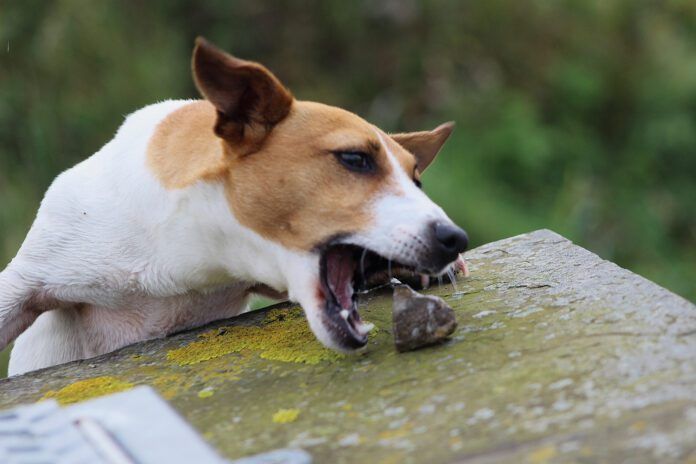Pica in dogs is when your dog eats abnormal things, as in stuff that isn’t food. Pica is a compulsive behavior in people, and it may be in dogs, too, but science hasn’t proven that. For true pica, your dog must eat the item, not just chew it (poop eating is a separate issue).
Pica is not something you can ignore. Dogs who eat dumb stuff often end up at the veterinarian’s office for emergency surgery due to blockages. Don’t overreact if your dog picks up something, however. Yelling or chasing your dog causes many dogs to do a quick swallow to ensure you can’t get their treasure.
Causes of Pica in Dogs
According to a 2019 study in the Journal of Veterinary Medical Science, pica is one of the most often reported behavioral issues in dogs. Not surprisingly, this study found the behavior was more likely in younger dogs. What was interesting is that it was found to be more likely in neutered dogs. The study involved 2,000 cases based on an online survey.
Veterinarians at the University of California at Davis cite nutritional deficiencies and anxiety problems are the most likely causes.
Cornell University’s world-renowned behavior expert Katherine Houpt, VMD, said in her column in Cornell DogWatch that pica is becoming related to the dog not feeling well: “Recently, the evidence is beginning to accumulate that the animals who do this have a gastrointestinal problem, especially an upper gastro-intestinal problem.”
A veterinary examination with any necessary testing may be in order.
Treatments for Pica
To truly treat something, you need to know its cause, but without a proven cause, veterinarians must guess. A thorough understanding of what you’re seeing in your dog’s pica may help. Some studies indicate dogs who eat dirt and rocks might respond to a vitamin/mineral supplement.
Dr. Houpt says trying food-dispensing toys may distract the dog and satisfy any food-seeking desires. She also recommended considering a high-fiber diet, such as any weight-loss foods.
For dogs battling anxiety issues, there are prescription medications your veterinarian can recommend that may help with pica.
Training for Pica Control
Given that boredom and anxiety are high on the pica causes list, make sure your dog is engaged, enriched, and as stress-free as possible. Lots of exercise is important.
Try to limit and control your dog’s access to the object of his desire, which admittedly can be difficult with something as ubiquitous as rocks. You can:
- Use a basket muzzle. This can be a lifesaver, once your dog is properly and happily conditioned to it.
- Teach your dog a solid “leave it.” With “leave it,” your dog should be rewarded in some way for ignoring the item of desire. If he seeks out a rock on a walk, you can notice he’s looking at it, tell him to leave it, and then reward him.
- “Trade” is a cue you can teach that is especially useful for when your dog beats you to the prize. It’s important that you have a trade item of equali or higher value than what your dog has.
Finally, if your dog shows any signs of a blockage—vomiting, diarrhea, pain, not eating, no poop, weakness—contact your veterinarian immediately.
Pica in puppies can be different from pica in adult dogs. Puppies explore the world by putting things in their mouths, which includes rocks, socks, and literally anything they can fit in their mouths. Most puppies outgrow pica and “puppy proofing” your house and yard can help avoid it until they do.






